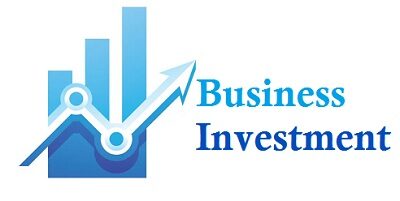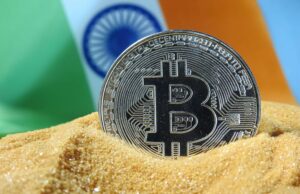
Individuals, investors, banks: why the speculative fever is spreading
Signs of overheating are increasing in many markets. The liquidity poured in by central banks, the search for yield and the arrival of new stock brokers are fueling bubbles. At the risk of them exploding.
Article reserved for subscribers
Seen from Europe, where the third wave of the Covid-19 pandemic is forcing states to reintroduce restrictions, there is something dizzying about the symbol. On Thursday April 1 , the S&P 500, the index of the 500 largest listed American companies, crossed the 4,000 point mark. Never, since its creation in March 1957, had it climbed so high, exhilarated by the announcement of a new recovery plan in the United States. Two days earlier, the flagship index of the DAX, in Frankfurt, exceeded 15,000 points – again, a historic first.
If, in March 2020, the financial markets had plunged in the face of the spread of Covid-19, they very quickly recovered, so much so that today, the signs of overheating, even speculative outbreaks, are multiplying. On Wall Street, investors are electrified by the Special Purpose Acquisition Companies (SPAC), these empty shells listed on the stock exchange, which have already raised 90 billion dollars (76.2 billion euros) since the beginning of the year, more than all of 2020.
The excitement for cryptocurrencies, including bitcoin, is stronger every day: their total capitalization is close to 1,900 billion dollars, ten times more than a year ago. “The orders of magnitude are maddening,” observes Gunther Capelle-Blancard, economist at the University of Paris-I-Panthéon-Sorbonne. “This euphoria is reminiscent of that which preceded the 2008 crisis and the bursting of the Internet bubble in 2000,” judge Nicolas Chéron, market strategist for Zonebourse.com.
“Disconnection between the markets and the real economy”
This is all the more surprising since our economies, brought to their knees by the pandemic, are still in remission. Particularly in Europe, where millions of households are still on short-time work, while thousands of businesses survive on the infusion of public money. “This disconnection between the markets and the real economy is not new, but, for several months, it has been fueled by a series of particularly strong factors”, analyzes Eric Dor, economist at the Iéseg business school.


